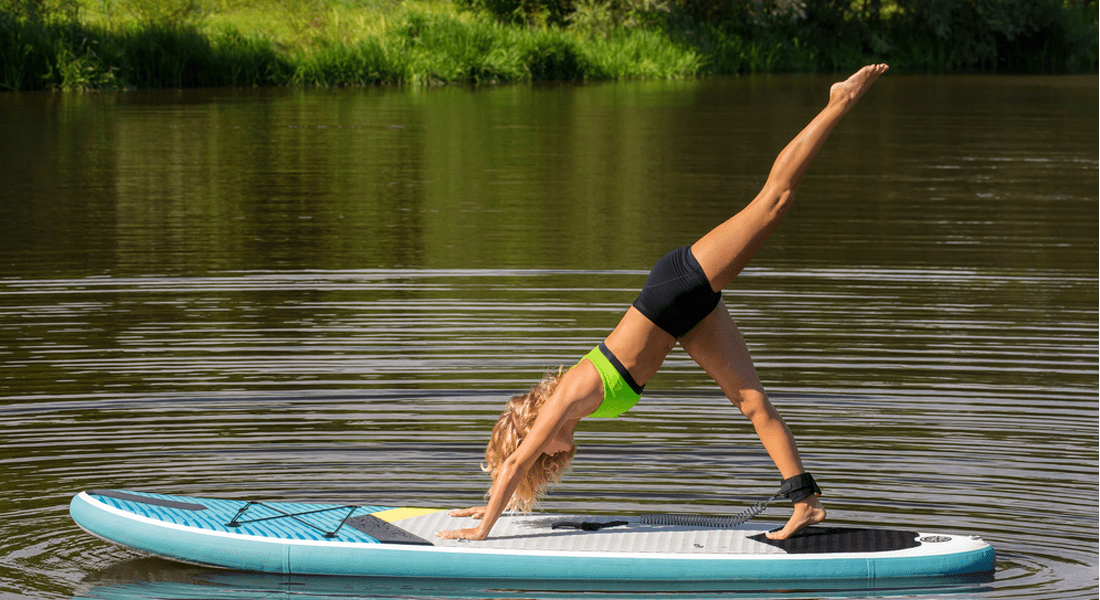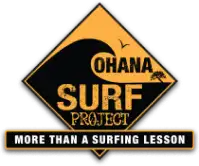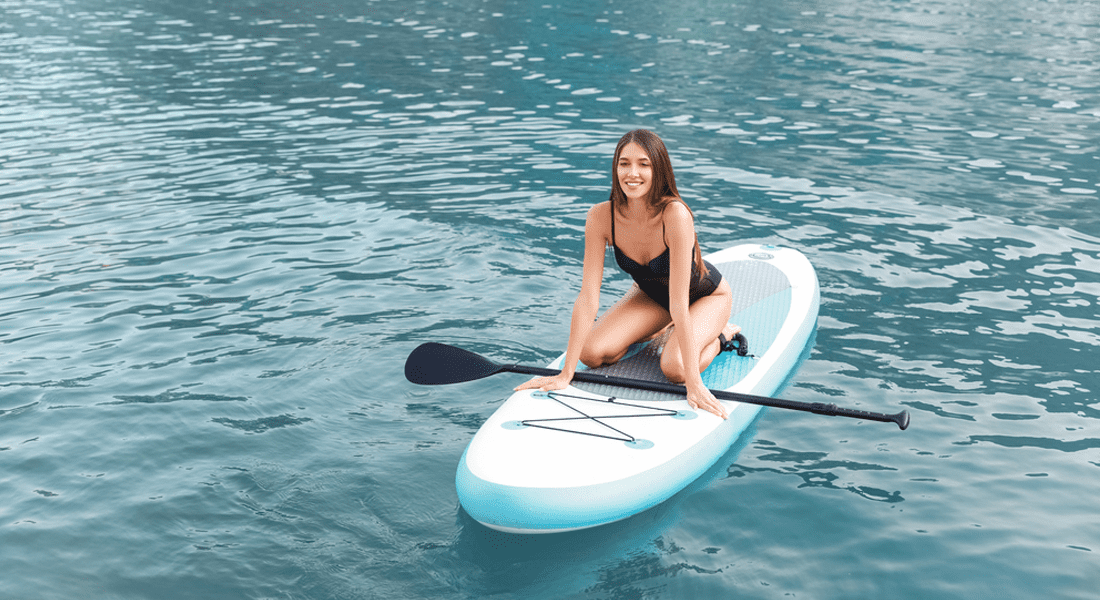
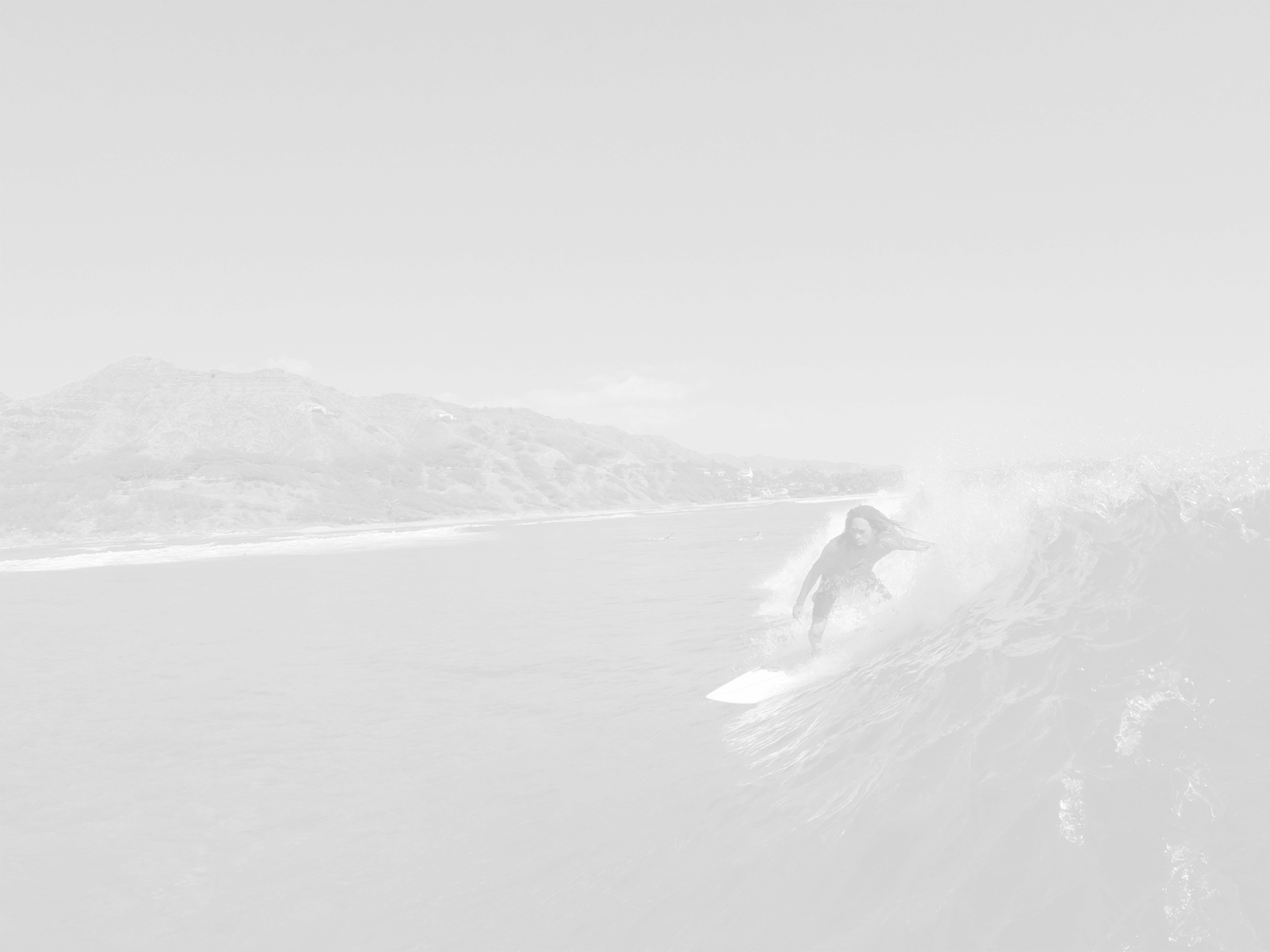
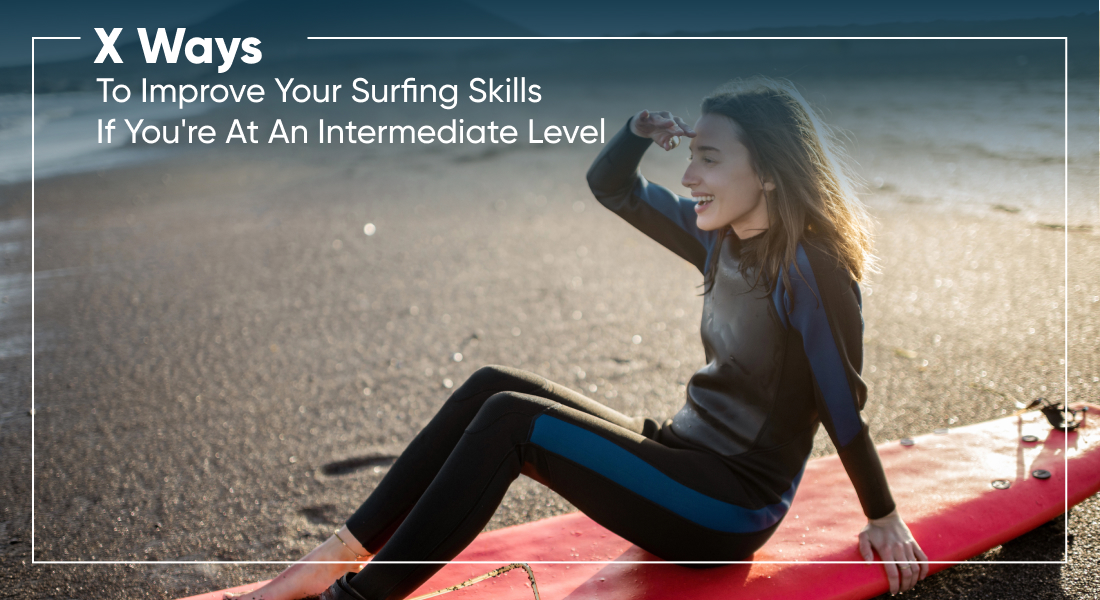

9 Ways To Improve Your Surfing Skills If You’re At An Intermediate Level
So, you’ve got the basics down, and you’re popping up like a pro. You can ride those green waves, and you know your way around the lineup. But now you’re asking yourself the big question: how to get better at surfing when you’re already at an intermediate level? Surfing is an endless journey of improvement, and even at the intermediate stage, there’s so much room to grow and evolve. Here are some fun and effective ways to sharpen your skills so you can start carving the waves with more style and confidence.
Refine Your Paddling Technique
You might think paddling is just about getting to the waves, but mastering your paddling technique is key to becoming a stronger, faster surfer. At the intermediate level, your wave count can skyrocket if you improve your paddling efficiency. Focus on long, deep strokes, keeping your body flat and streamlined on the board. Try to avoid “digging” the water with your hands—use a more relaxed, controlled stroke. This will conserve energy, helping you stay out longer and catch more waves without tiring too quickly.
Practice paddling sprints in calm water to build endurance, and experiment with different arm positions to see what feels most efficient for you. You’ll feel the difference when you’re back in the lineup, racing others to get the best-set waves.
Work on Your Bottom Turn
The bottom turn is the foundation of everything that follows on a wave. It sets up your entire ride, giving you the speed and positioning to either carve a beautiful line or blast up the face of the wave. Make sure you’re bending your knees deeply and driving through your legs as you make the turn. Use your back foot to push the tail of the board into the water while your front foot guides the direction. Keep your eyes on where you want to go—usually up the face of the wave. Practice making your bottom turns as powerful as possible, and your whole ride will feel more dynamic.
Play with Different Board Sizes and Shapes
Sticking to one board can limit your growth. If you’ve been riding a longboard or a bigger foamie, try stepping down to a smaller board to increase your maneuverability and responsiveness. On the flip side, if you’re riding a shortboard and struggling with balance or wave catching, hopping on a bigger board can help fine-tune your style and technique.
Experimenting with different shapes—like fish boards, mid-lengths, or performance shortboards—will teach you new ways to ride waves and adapt to different conditions. Surfing isn’t one-size-fits-all, and every board brings something different to your skill set.
Learn to Read Waves Better
At the intermediate level, one of the best things you can do to get better at surfing is to improve your wave reading. It’s not just about paddling for every wave that rolls your way—it’s about understanding which waves will offer the best ride. Spend time watching the water before you paddle out. Notice the wave patterns, how the sets are forming, and where the cleanest takeoffs are happening.
Position yourself in the right spot to catch waves with more power and face. Timing is everything, and the more you learn to read the ocean, the more you’ll score better waves and improve your overall performance.
Nail Your Cutbacks
Cutbacks are one of the most satisfying maneuvers to pull off, and they’re a game-changer for intermediates looking to get more technical. A cutback is when you redirect your board back toward the breaking part of the wave to keep your ride going longer. It requires timing, balance, and the ability to shift your weight smoothly between your front and back feet.
To practice cutbacks, start by leaning into your front foot as you set your rail, then shift your weight to your back foot to pivot the board back toward the wave. Keep your body low, and stay fluid in your movements. The more you practice, the more stylish and powerful your cutbacks will become.
Learn More About Sean


Focus on Your Stance and Posture
Your stance can make or break your surfing technique. As you progress, take the time to refine your posture on the board. Keep your knees bent and your center of gravity low, with your weight evenly distributed between your feet. Avoid leaning too far forward or backward, as this can affect your balance and speed.
One key thing to remember is to stay loose and relaxed. Tension in your body will make it harder to flow with the wave. Stay centered, and let the board do its thing. You’ll notice an immediate improvement in your control and fluidity on the wave.
Train on Land
Getting better at surfing isn’t just about time in the water. A solid training routine on land can do wonders for your performance. Focus on building core strength, flexibility, and balance—these are the foundations of your surfing fitness. Exercises like planks, squats, and yoga help build the muscle memory and stability you need to stay agile on your board.
Incorporate cardio workouts like swimming or running to build endurance. The stronger your body is, the easier it will be to paddle out, pop up, and ride wave after wave without tiring out too soon.
Study Surfing Footage
One of the best ways to improve your technique is to watch yourself surf. If possible, have a friend film your sessions. When you review the footage, pay attention to your positioning, posture, and how you handle the wave. Notice where you could improve—maybe you’re standing too far forward, or your arms are too stiff.
Also, spend time watching pro surfers. See how they navigate different wave conditions, how they move through their turns, and how they maintain flow. You can pick up new tricks and techniques by analyzing their body positioning and movement.
Surf in All Conditions
It’s easy to stick to your favorite surf spot or wait for the perfect conditions, but that won’t always push you to improve. To truly elevate your surfing skills, you need to get comfortable in a variety of waves and conditions. Head out when the waves are smaller to practice your technique or try to surf on days when the ocean is a little more unpredictable.
Surfing in different conditions teaches you adaptability, builds your confidence, and helps you develop a deeper understanding of the ocean. It’s all about embracing the challenge and making the most of whatever the ocean throws your way.
Personalized Surf Lessons and Rentals in Waikiki
Surfing is a lifelong journey, and there’s always something new to learn. Ready to ride Waikiki’s legendary waves? At Ohana Surf Project, we offer personalized surfing lessons and rentals in Waikiki for beginners and advanced surfers. Whether you’re trying surfing for the first time or aiming to perfect your technique, our expert instructors will guide you with customized lessons tailored to your goals.
Our team is passionate about helping you connect with the ocean, improve your skills, and have fun in a safe environment. We also offer stand-up paddleboarding and bodyboarding lessons, ensuring there’s something for everyone. Book your lessons today and experience the aloha spirit with Ohana Surf Project!
OTHER OSP BLOGS

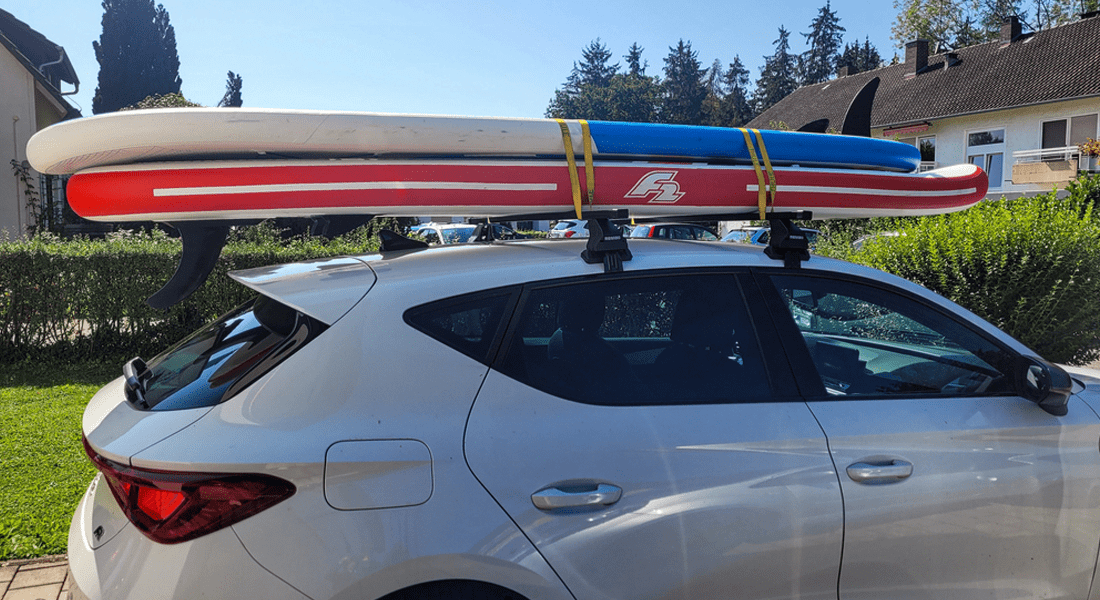
How To Transport Your Rental SUP Board
When you rent a SUP board for a Waikiki adventure, knowing how to transport a SUP board keeps your day smooth from the start. You probably feel excited to reach[...]